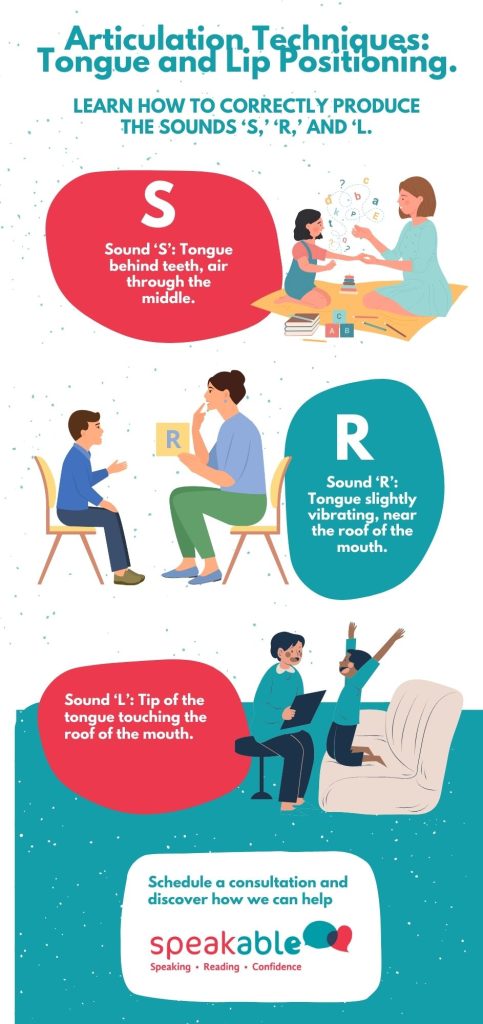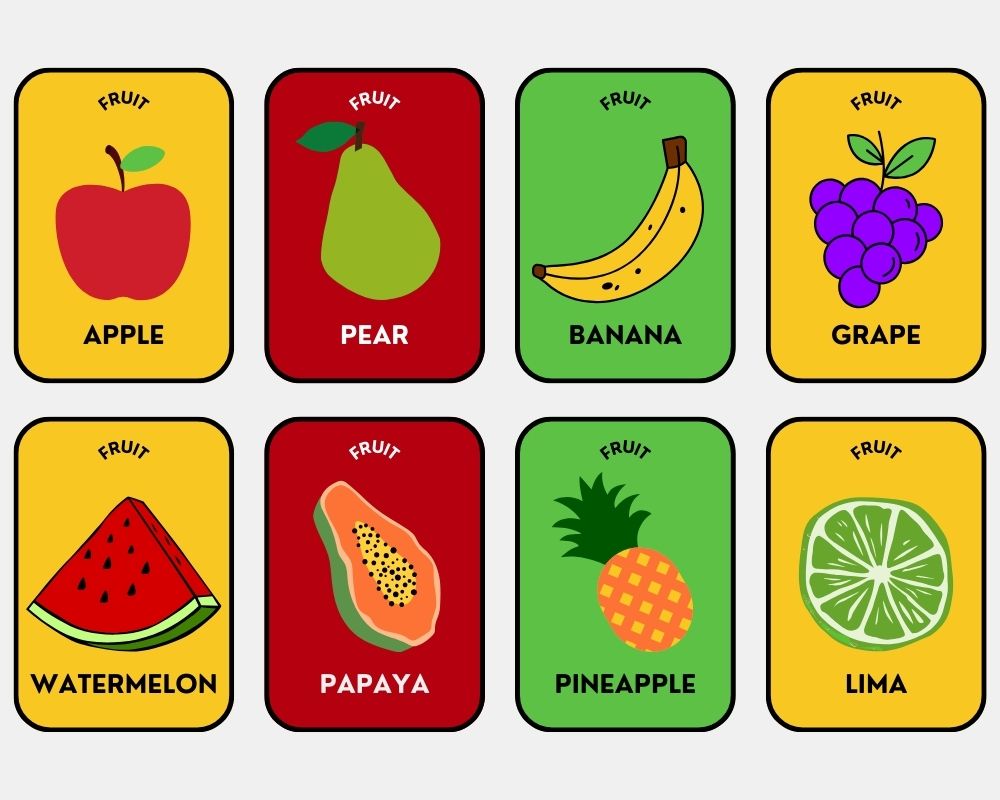Tools and Techniques in Speech Therapy
Introduction
Speech therapy is a dynamic and multifaceted field that blends science, technology, and creativity to help individuals overcome communication challenges. In this blog, we will explore key tools and techniques used by speech therapists, from interactive exercises to the theoretical foundations supporting these practices. Whether you are a parent, educator, or professional in the field, this guide will offer valuable insights into how speech therapy can transform lives.
1. Articulation and Pronunciation Techniques
Clear articulation is the foundation of speech. Techniques such as phonetic training focus on helping individuals correctly produce specific sounds. This is done through exercises such as:
- Sound and syllable repetition: Practicing isolated sounds and combining them into syllables (e.g., “pa,” “ta,” “ca”).
- Visual feedback: Using mirrors or digital tools to show the correct tongue and lip positioning.
- Interactive games: Apps and games that make articulation practice engaging and fun.
Theoretical Basis: These techniques are based on articulatory phonetics, which studies how speech sounds are physically produced.
2. Fluency and Rhythm Exercises
Fluency is essential for effective communication. Techniques such as rhythm training and breathing exercises help patients with stuttering or other fluency disorders. Examples include:
- Prolonged speech: Stretching vowels to slow down speech and improve control.
- Diaphragmatic breathing: Teaching patients to use their diaphragm to control airflow.
- Pacing techniques: Using metronomes or rhythmic beats to maintain a steady speech flow.
Theoretical Basis: These practices are based on the motor theory of speech, emphasizing the neuromuscular control required for fluent speech.

3. Vocabulary and Language Development
Expanding vocabulary and improving language comprehension are central goals of speech therapy. Techniques include:
- Flashcards: Associating images with words to reinforce visual and auditory memory.
- Storytelling: Encouraging children to tell or retell stories to practice sentence structuring.
- Association games: Grouping objects by category (e.g., animals, foods).
Theoretical Basis: These techniques are based on psycholinguistics, which studies how language is processed and acquired by the brain.

4. Technology in Speech Therapy
Technology has revolutionized speech therapy, offering innovative and accessible tools. Examples include:
- Therapy apps: Programs that provide personalized exercises and instant feedback.
- Virtual reality (VR): Immersive environments that simulate real-world communication scenarios.
- Speech analysis tools: Software that evaluates speech accuracy and fluency in real time.
Theoretical Basis: The use of technology is supported by computational science applied to healthcare, aiming to integrate digital innovations into clinical treatment.
5. The Importance of Personalization
Each individual is unique, and speech therapy should be tailored to their specific needs. Personalization involves:
- Initial assessment: Identifying the patient’s challenges and goals.
- Individualized therapy plans: Creating strategies that meet specific needs.
- Continuous monitoring: Adjusting techniques based on patient progress.
Theoretical Basis: Personalization is grounded in the patient-centered approach, prioritizing individual needs and preferences.
Speech therapy is a powerful combination of science, technology, and personalized care. Whether improving articulation, fluency, or vocabulary, today’s techniques and tools offer transformative results.
🌟 At Speakable, we are committed to helping every individual find their voice. Contact us today to learn more about our services or to schedule a consultation. 🌟




